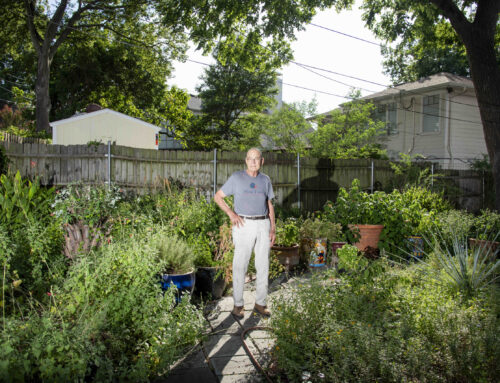Question: My son is 2 ½ years old and is very aggressive around other children his age. How can I deal with this? I become anxious when he is with other children.
Answer: Parents who mix their children at this early age face a real challenge. On their best day, two-year-olds are not social creatures. This time in life is fraught with frustration. The slightest thing can and will set them off. Aggressive behavior is normal at this time.
You have some options: Put your child in social situations only when necessary. If your child needs to be in a group-play situation, then request that he or she be mixed with older children. Lastly, don’t take your child’s aggressive behavior as a reflection of your parenting skills.
If you are present during an aggressive outburst, wait as long as you can before intervening; problems between children are best left alone. If the aggression is at a point where your child may hurt someone, remove your child from the situation swiftly.
Remember, the behavior is a result of frustration your child is feeling. Your child’s behavior is clearly saying: “I can’t handle this, help!”
Good luck. You’ll see a big change socially in about a year.
Question: How and when is “time-out” appropriate?
Answer: I assume you are asking in regard to using time-out as a discipline tool for children. Time-outs are highly effective with both adults and children. Explore what you want your child to gain from the time-out. I have found that it is best used as a time of reflection rather than a punishment.
It is a tool, when used correctly, that builds self-control in young children and will help them grow into disciplined adults. The objective of a time-out is to give your child an opportunity to rethink the choice that led to the time-out. Ask your child to think about how he could have handled the situation differently.
Your child should stay in time-out long enough to find a better choice. My experience has been it takes a four-year-old about five seconds to figure out what he or she should have done.
I say to the child: “You need to think about your behavior. Find a quiet place, and let me know when you have figured out another way you could have handled this problem.”
Time-out is most effective when the child gives feedback to you about what he or she thinks of the situation.
Question: My child has gotten into the habit of screaming. What can I do to stop this behavior?
Answer: Children choose a behavior to get what they want, when they want it. Your child figured out the quickest way to get your attention – and more to the point, what the child needed – was to scream.
From that point on, your child merely had to practice the new skill. Behaviors are easy to acquire, but are difficult to modify. To stop an unacceptable behavior, the behavior has to stop achieving the desired result.
Don’t respond to the screams.
Do not misinterpret this suggestion: it does not mean stop responding to your child. Quite the contrary. Settle your child, speak softly and encourage your child to use words.
Tell the child you want to help, but you don’t understand screaming. Be kind, yet firm, and expect a test. Your child knows you understand screaming – after all it has been a successful tool in the past.
Try not to make this a battle of wills. Remember, changing poor behavior, whether you are two or 20, is hard work.





